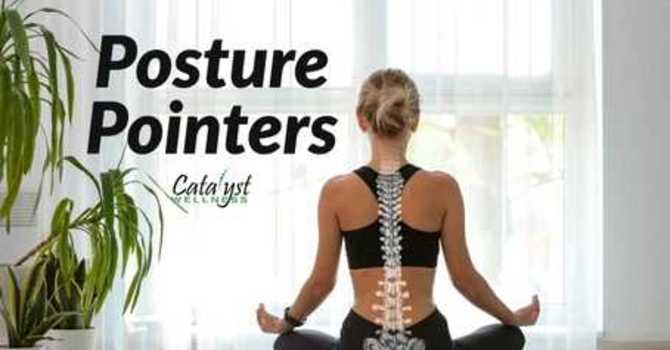
In a society where we are slaved desk jockeys and our hobbies include social media scrolling and group texting; it’s no wonder we’ve seen a dramatic spike in neck and shoulder pain in the last ten years. Now let’s pair that neck pain with the stress we endure in daily life. Some 90% of Americans report feeling like they carry their stress in the neck and shoulders. Now let’s factor in breathing. Do you know proper respiratory mechanics? Take a look around and watch people around you. What’s the first thing you see move on a person when they breathe in? Shoulder and chest? If so, this is a faulty breathing pattern and is a driving factor of neck and shoulder dysfunction because of the overuse of accessory breathing musculature (SCMs, scalenes, pectorals, intercostals, levator scapulae and platysma). Bonus, when one feels stressed, anxious, or overwhelmed, breathing shallows and the shoulders begin to rise into a “shrugged” posture further complicating this overuse phenomenon. These muscles are also impacted by poor posture while sitting at a desk, looking down at phone/tablets etc.
The first step is admitting to yourself that you have a problem and it requires body awareness and intention to address it. The first call to action is to address breathing habits. Do you take deep belly breaths? If not go to YOUTUBE, type in Diaphragmatic breathing and watch some videos. (Extra Credit: type in DNS Diaphragm breathing for the best!) Then put it into practice, first practice in lying then sitting and lastly standing. Observe how challenging it is for you to breathe properly in these positions you inhabit all day every day. Second, take your new breathing to the mirror. Address your posture: start at your feet and work your way up:
Feet toed in or toed out or straight?
Knees locked or unlocked?
Tailbone tucked under or tipped back?
Rib-cage flaring out or in the same plane as hips (known as rib to hip connection)
Shoulders - squeezed back together or slide down and back without excessive thoracic spine arching
Head/Neck - chin jutted out/head in front of shoulders or chin slightly tucked with head in line with the spine between shoulders.
Simply addressing breathing and posture has the power to reduce as much as 50% of neck tension, pain and even headaches! So if you’ve had pesky neck pain that plagues your daily life think about implementing these into your daily routine and see for yourself the difference!
As always, please email with any questions, concerns or comments and give us some ides for what you’d like to see in our blogs!




